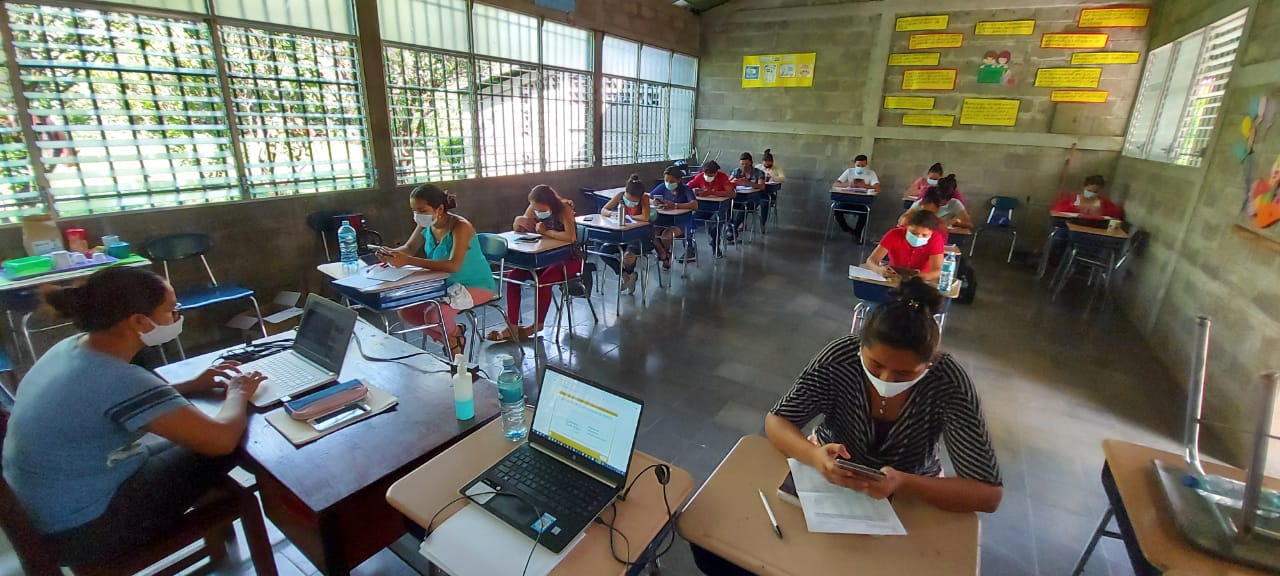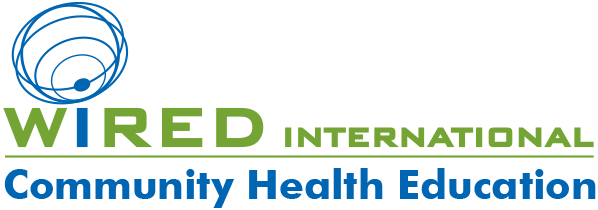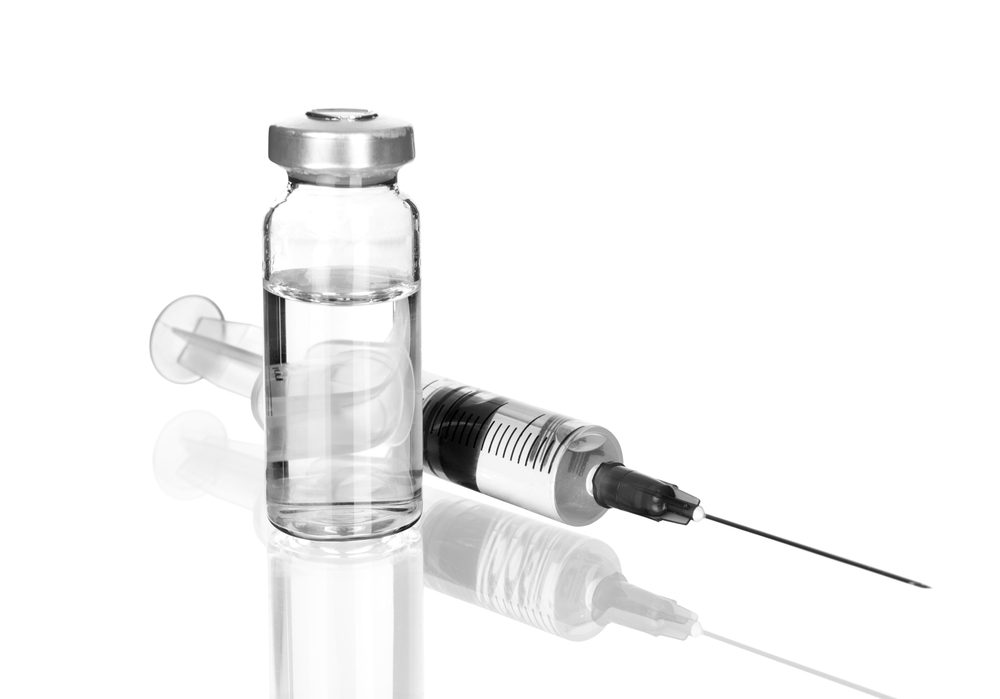COVID-19 Vaccine Distribution Rolls Out Slowly
WiRED Training CHW Vaccination Corps
By: Allison Kozicharow; Edited by Jessie Crowdy
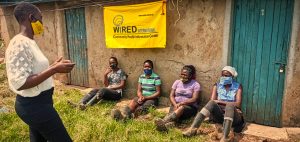 Scientists all over the world reacted quickly to the COVID-19 pandemic and created a number of vaccines to curb this modern day plague. Unfortunately, because of the unprecedented nature of its scope and challenges, the distribution of the vaccine has proved slow and disorganized. What’s more, many people are confused by unclear information and worry about vaccine safety or even if they should get the shot at all.
Scientists all over the world reacted quickly to the COVID-19 pandemic and created a number of vaccines to curb this modern day plague. Unfortunately, because of the unprecedented nature of its scope and challenges, the distribution of the vaccine has proved slow and disorganized. What’s more, many people are confused by unclear information and worry about vaccine safety or even if they should get the shot at all.
WiRED International urges us all to get the COVID-19 vaccine when our turn comes to protect ourselves, our friends and loved ones and our communities. We provide an updated Q&A on vaccine queries based on the latest information from trusted sources (see sidebar), which we hope will be useful.
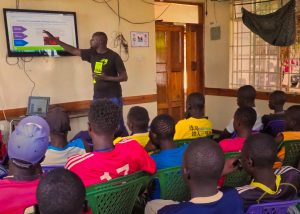 The COVID-19 vaccine, like all vaccines, will be effective to stop the spread of disease only when a large portion of the population – including those living in the world’s poorest communities – take it. To this end, WiRED plans to inaugurate a program this year to train community health workers (CHWs) to bring the vaccines safely from central drop-off points to communities, then to properly screen patients, administer COVID-19 vaccinations and monitor patients after the shot. Large organizations and governments can provide the vaccines, but where will low-resource countries, where doctors and nurses are scarce, find enough trained people to vaccinate the population? Trained CHWs are the answer — without them, vaccination programs grind to a halt.
The COVID-19 vaccine, like all vaccines, will be effective to stop the spread of disease only when a large portion of the population – including those living in the world’s poorest communities – take it. To this end, WiRED plans to inaugurate a program this year to train community health workers (CHWs) to bring the vaccines safely from central drop-off points to communities, then to properly screen patients, administer COVID-19 vaccinations and monitor patients after the shot. Large organizations and governments can provide the vaccines, but where will low-resource countries, where doctors and nurses are scarce, find enough trained people to vaccinate the population? Trained CHWs are the answer — without them, vaccination programs grind to a halt.
Until a large portion of the population receives its COVID-19 vaccinations, WiRED recommends that we follow these precautions: avoid close contact, wear face coverings in public places, practice good hygiene and stay home if you are sick.
Updated Q&A on COVID-19 Vaccination
Vaccines will help protect people who receive the shot and contribute to protections for the entire population.
Most everyone. Exceptions include people with known severe allergic reactions to vaccines. Note that because pregnant women did not participate in the clinical trials, they should discuss taking the vaccine with their healthcare provider.
Both the Pfizer and Moderna vaccines have proved to offer more than 94% efficacy.
The vaccines should be safe for everyone — even the frailest elderly people. Some participants in both the Pfizer and Moderna trials experienced mild side effects after vaccination including injection site pain, fever, chills, headaches, muscle aches and joint pain. These symptoms are temporary and are in line with side effects some people experience from other vaccines, including the flu shot and the vaccine to prevent shingles.
Generally with a two-dose vaccine, it takes about two weeks from the second dose for a vaccine’s protection to fully kick in. It’s unclear how long protection from that first dose may last. The second dose is still required for full protection, to ensure a more durable immune response. It will take time and more research before we know how long vaccine-provided immunity lasts; if it turns out that vaccine-induced immunity wanes after time, occasional booster shots may be needed.
Yes. Researchers don’t yet know how long people are protected from reinfection after recovering from COVID-19. Even if recovered patients have some natural immunity, the vaccine could provide some longer-term benefit. In fact, early evidence suggests natural immunity from having COVID-19 may not last very long. In this sense, COVID may be similar to the flu —remember you need to get a flu shot every year.
No. Eventually, as more people are vaccinated, this will change. But because we don’t yet know whether being vaccinated will prevent you from spreading the coronavirus, measures such as social distancing and wearing a mask will still be important even after you get vaccinated.
You are not only putting yourself at risk but you are failing to protect your family, friends and anyone who comes in contact with you.
Most countries will provide the vaccine free to their citizens. In the United States the vaccine is free, but if vaccine providers charge an administration fee for giving the shot, this fee should be covered by public or private insurance, or by a government relief fund for the uninsured.
Sources for this Q&A and further information: Centers for Disease Control and Prevention, New York Times, Mayo Clinic, AARP and Consumers Reports
Vaccines Save Lives
Vaccines help our bodies develop immunity to the virus that causes an infectious disease without our having to get the illness. They work by stimulating the immune system’s production of antibodies, the proteins that help to protect people from a future infection if they ever come across the real germ.
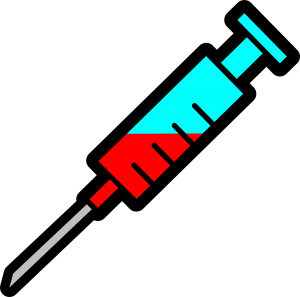 Vaccines are a true scientific success story. People around the world get vaccines throughout their lives from birth on up, including a yearly shot against the flu. Vaccines protect us, our loved ones and our communities from deadly and debilitating illnesses. Vaccines have been around in one form or another for more than two hundred years and have eradicated a number of diseases such as smallpox, which used to kill people in multitudes. Smallpox killed some 300 million people worldwide in the 20th century before it was eradicated in 1977.
Vaccines are a true scientific success story. People around the world get vaccines throughout their lives from birth on up, including a yearly shot against the flu. Vaccines protect us, our loved ones and our communities from deadly and debilitating illnesses. Vaccines have been around in one form or another for more than two hundred years and have eradicated a number of diseases such as smallpox, which used to kill people in multitudes. Smallpox killed some 300 million people worldwide in the 20th century before it was eradicated in 1977.
- Cholera
- Dengue
- Diphtheria
- Hepatitis A and B
- Haemophilus influenzae type b (Hib)
- Herpes Zoster (shingles)
- Human papillomavirus (HPV)
- Influenza
- Japanese encephalitis
- Malaria
- Measles
- Meningococcal meningitis
- Mumps
- Pertussis (whooping cough)
- Pneumococcal disease
- Poliomyelitis
- Rabies
- Rotavirus
- Rubella (German measles)
- Tetanus
- Tick-borne encephalitis
- Tuberculosis
- Typhoid
- Varicella (chicken pox)
- Yellow fever
